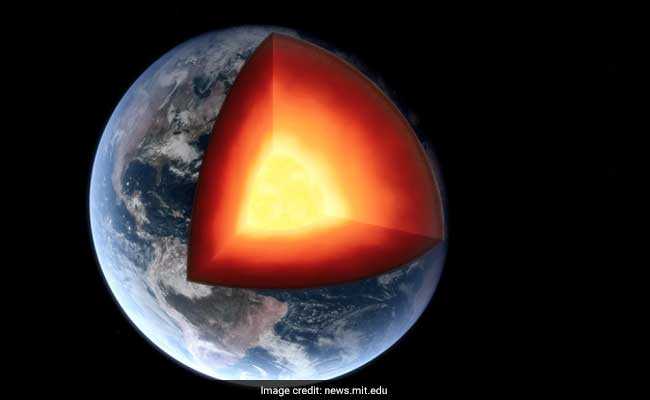V838 Mon is around 20,000 light-years from Earth at the external edge of the Smooth Way Cosmic system, the space organization said.
US space organization NASA consistently catches dazzling pictures of our universe, leaving space sweethearts hypnotized. The Instagram handle of the US Space Organization is a mother lode for the people who love to watch instructive recordings and interesting pictures exhibiting Earth and space. Presently, in its new post, the Public Air transportation and Space Organization (NASA) shared an image of a growing corona of light around a far off star named V838 Monocreotis. V838 Mon is around 20,000 light-years from Earth at the external edge of the Smooth Way World, the space organization said.
“The extending enlightenment of never-before-seen twistings of residue is known as a light reverberation. These whirls are logical brought about by the residue and gas that are being shot out from the red supergiant star in a past blast,” NASA wrote in the subtitle.
“During that occasion, the star became multiple times more brilliant than our Sun. Cosmologists have seen that the star will keep on changing as the beat of brightening keeps on extending at the speed of light,” the space organization made sense of.
NASA shared the picture a couple of hours prior and from that point forward the post has collected in excess of 457,000 preferences. In the remarks area, while certain clients called the picture extraordinary, others called it unbelievable.
“This is so lovely and fascinating,” kept in touch with one client. “Omg that is incredible,” said another. “wow that is so lovely,” communicated a third client. “What a lovely universe,” added a fourth client.
Prominently, during its noteworthy 25 years the Hubble Space Telescope has caught various wonderful perspectives on the universe, furnishing stargazers with an abundance of information for making dumbfounding disclosures. Prior, NASA shared a shocking picture of the outstretched arms of a huge twisting world around 100 million light-years away. This brilliant winding system otherwise called NGC 2441 was first seen by Wilhelm Tempel in 1882, a German cosmologist with a sharp eye for comets. Altogether, Tempel noticed and recorded about 21 comets, a few of which were named after him, the space organization said in its blog.
The picture shows the blue universe’s blue-colored twisting arms exuding from the cosmic system’s middle toward the right half of the picture, which sparkles yellow-white. Universes and stars spot the forefront.










+ There are no comments
Add yours